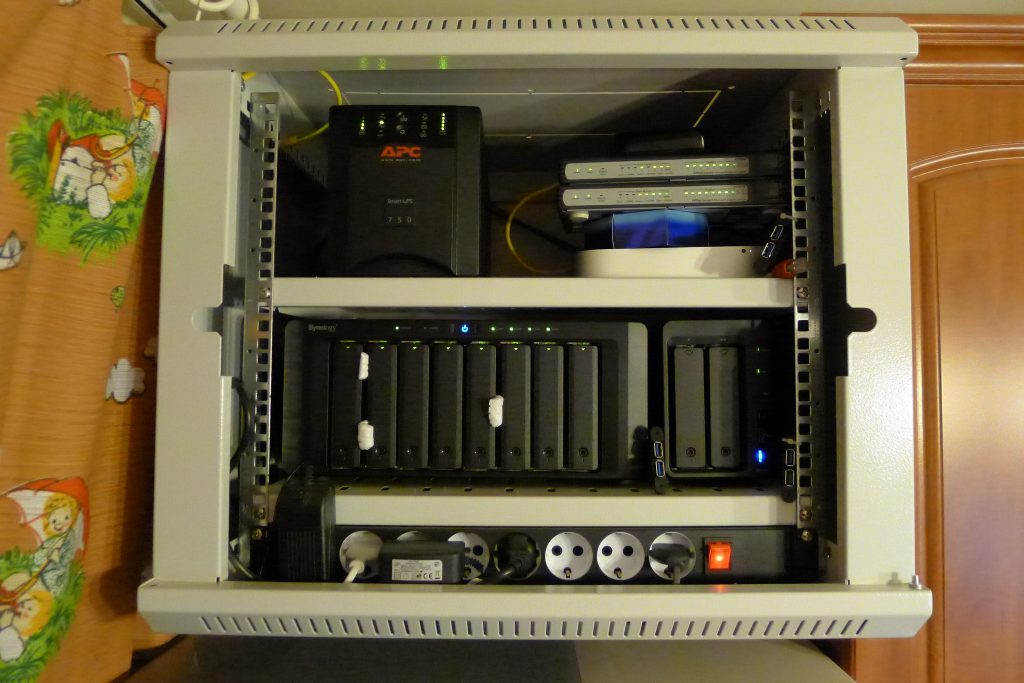Preface
A couple of words, why still CentOS, and not something else. General familiarity with Linux started in the year 2000 with some version of RedHat. Then there was the BlackCat Linux (because of its better support of the Russian language). Then came the Gentoo and I found it ideal for that due to the USE flags you only what you need. Oh and for the optimization of the more or less normal to watch movies on a computer with an AMD K6-2-300 can be only under Gentoo. After the Gentoo at work was Ubuntu, but it just didn’t go. Even after moving to any other Gentoo Linux is difficult. It’s like after OS X Windows back on land. In Gentoo and the boot process, and many other things are beautiful from the aesthetic point of view, in Ubuntu by default in a console only white on a black background.
Then there were courses on RHEL and certificate RHCSA. I find that stupid not to use knowledge – therefore decided to install CentOS onto a couple of servers to work under different services. In the process of so doing that even your own personal server is changed from Gentoo to CentOS. First there was the CentOS 5, then CentOS 6, and CentOS 7 is now.
Upgrade to CentOS has become much less time to leave on server maintenance time, as running the command:
$ yum -y update
runs faster than executing a command
$ emerge sync && emerge -upvND world
Yes, and many surprises during the update, the system has become less. Although Gentoo, I am grateful for this experience.
(more…)

